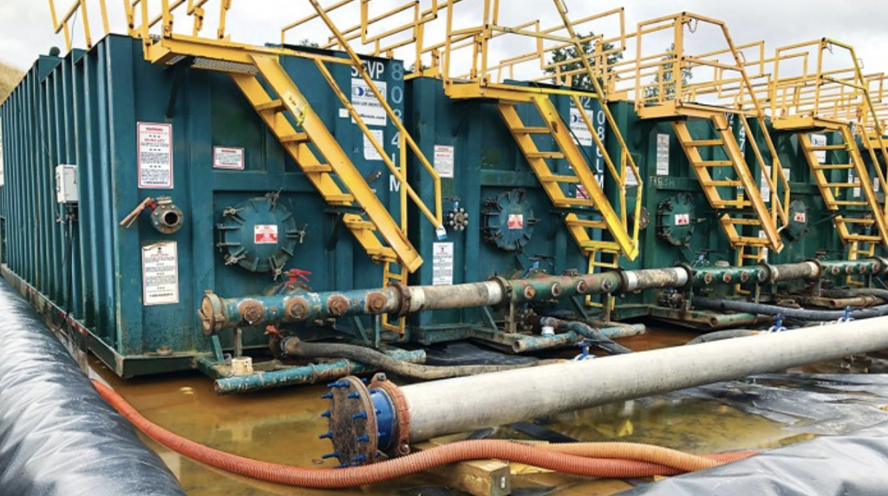
Natural gas production in the US is at an all-time high, according to the latest reports from the US Energy Information Administration. But the dramatic growth of shale gas over the past decade, made possible by hydraulic fracturing, or fracking, has led to huge volumes of salty wastewater called brine or produced water.
As the fracking industry improves its efficiency by drilling ever-longer horizontal wells, it also increases the amount of water it uses to fracture the rock to release the gas. The fracturing process uses on average about 45 million L of water for a single horizontal well, according to the Groundwater Protection Council (GWPC), a group of state oil and gas regulators and environmental protection agencies.
Water pumped into fracking wells doesn’t all stay in the ground. Much of it comes back up along with extracted gas. The water that comes up has a much different chemistry than the water that goes down. Produced water typically includes salts from dissolution of the underlying rock, naturally occurring radioactive substances, and chemicals added during the drilling and fracking process. (full story)
